in this article, we are going to investigate different types of stones used in building with all features in various companies like village granite stone.
Characteristics shared by all varieties of stones
Hardness, abrasion resistance, and porosity are all characteristics that vary greatly from stone to stone (which is important in processing).
The nature of the technical structures that are required in order to utilize practical tools and their design are examined to the greatest extent possible. These design elements for the use of practical tools are also being studied.
the capability for absorbing water
The water absorption capacity of a material, expressed as a percentage of the material’s dry weight, describes the manner in which a material absorbs water.
This property, among other things, can have an effect on the soiling of the stone and the color change that occurs between dry and wet surfaces.
In addition to this, the capacity for water absorption also plays a role in the resistance to the effects of cold.
When the density of natural rock is taken into consideration, the water absorption capacity of rocks falls somewhere in the range of 0.5 to 0.1, whereas the water absorption capacity of porous rocks can increase by up to 20% by weight.
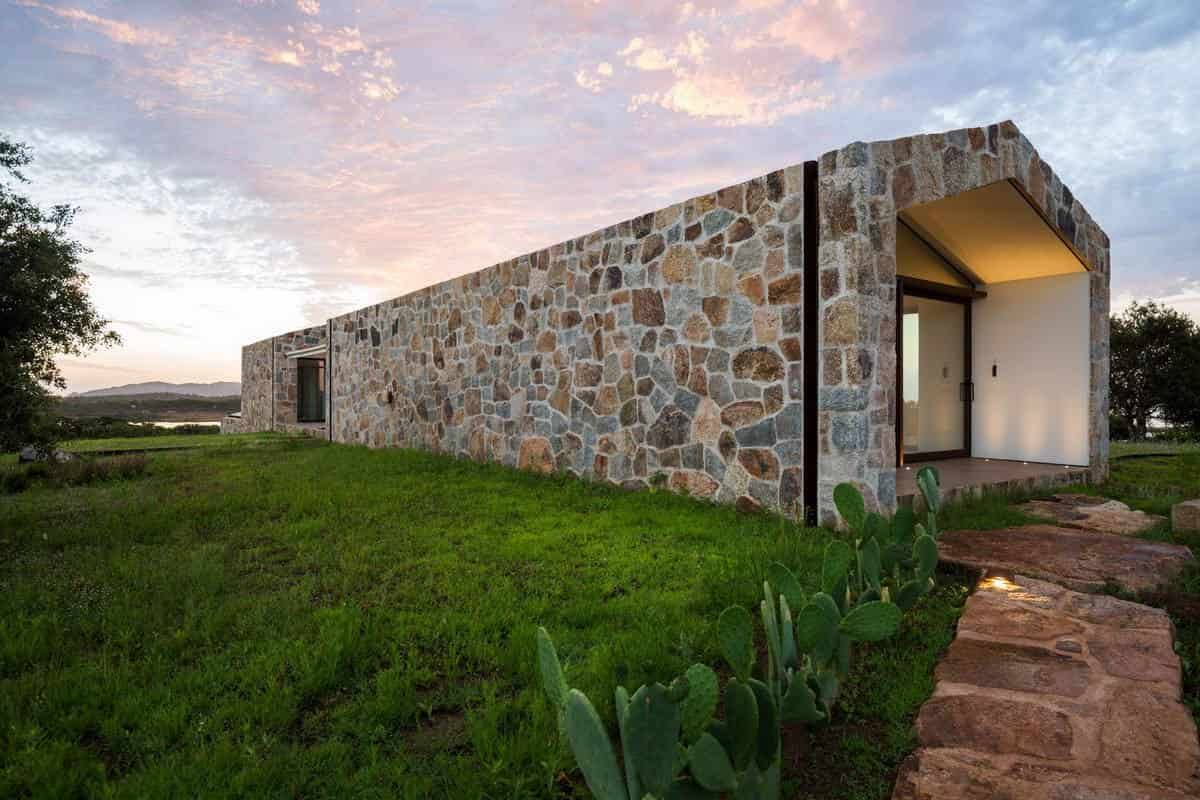
The density as well as the porosity
Natural stone density refers to the volumetric weight of the stone or the relationship between the weight and the volumetric capacity of the stone.
This allows one to gain information about the natural stone, such as its composition and density. The density of the rock is decreased proportionately to the porosity of the rock. During the process of analysis, a standard stone sample is weighed while it is dry.
The density of natural stone can range anywhere from 1800 to 3100 kg/m3, depending on the specific type.
Tensile strength during bending
When measuring components of a structure that are subjected to stress, it is vital to determine the tensile strength in the bending of the material. This can be done by bending a test piece until it breaks.
These values typically fall around between 7 and 20 MPa when referring to natural stone.
But the results of each measurement could be quite different. The calculation of the safety factor for the pushing resistance is also impacted by the presence of large dispersions.
When measuring load-bearing structures that are subjected to compressive stress, compressive strength is the metric of choice.

During the process of testing, the sample is subjected to compression up until the point when it breaks. The compressive strength of the rock is determined by using the breaking strain in conjunction with the pressure contact area.
The compressive strength values of natural stone can range anywhere from 20 to 400 MPa, depending on the type of stone. Dense and weather-resistant facade stone typically has a compressive strength that falls between 130 and 300 MPa.
Abrasion Resistance
When it comes to selecting materials for flooring and other components in buildings that are exposed to abrasion, abrasion resistance is an important factor to take into consideration. This property measures how well a surface can withstand the effects of abrasion stress.
Stone’s durability is affected by its qualities in terms of the classification of damage, such as how well it absorbs water, how porous it is, and how hard it is.
How easily a certain kind of stone can be damaged and how long it will last are both determined by all of these different aspects. Not every variety of stone is appropriate for usage in outdoor settings.
Granite and soup stone of every variety, as well as quartzite sandstone and broad stone, are the types of stone that are best suited for this use. Stones like sandstone and limestone are considered to be examples of soft stones.
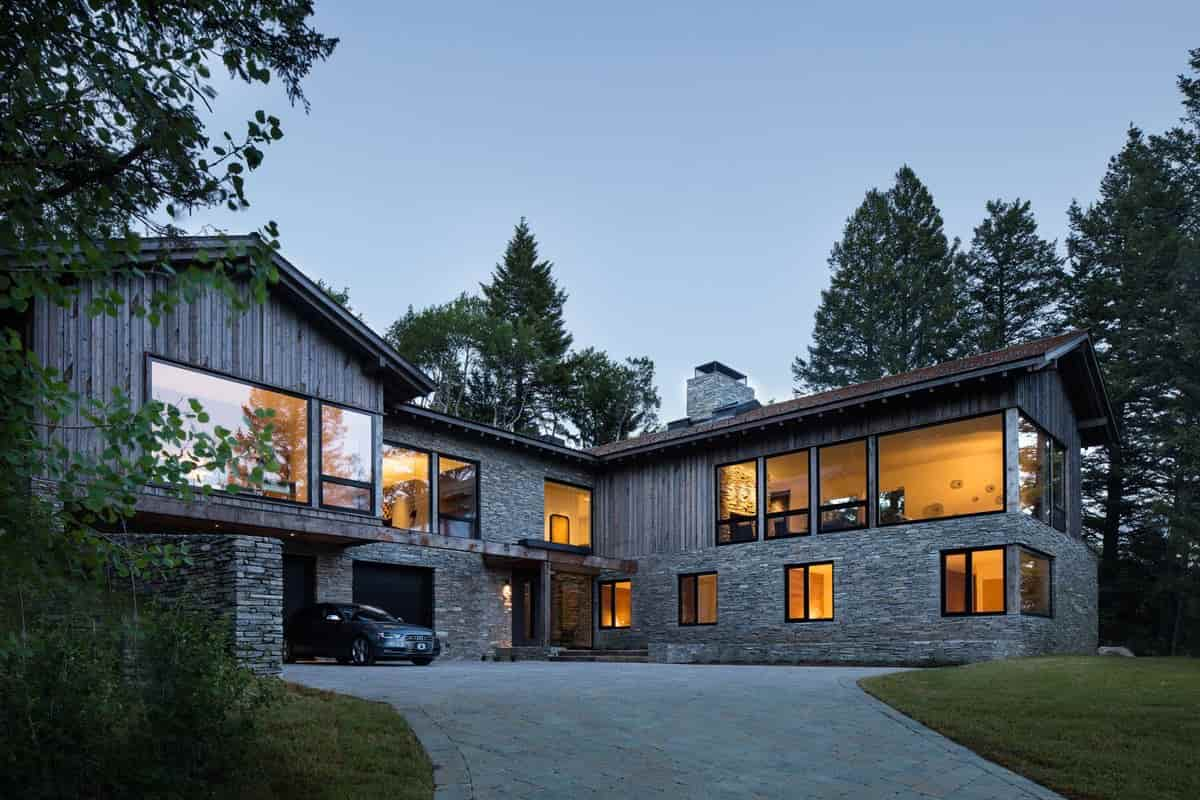
Techniques for seaming and sealing the seams
Sealants have been utilized from the beginning of time, particularly in older stone buildings. At the moment, stone facades are frequently constructed out of thin veneers, and their assembly does not typically include the use of sealants.
Studies have shown that the influence of sealants is critical when laying stones in close proximity to one another. The majority of Finland’s historic buildings are made of stone, and the majority of these are castles, ramparts, and cathedrals.
Over the course of several centuries, these structures have undergone numerous rounds of expansion, alteration, and renovation. Throughout history, several types of sealant materials and other structural approaches have been utilized for various purposes.
We are appreciative that you have made the effort to read each and every word of this post. Do not be hesitant to get in contact with us if you have any inquiries regarding the varying options that are now available for the personalization of the product.
We are more than happy to provide answers to any inquiries that you might have. The members of our team will collaborate with one another to ensure that the report is presented in a manner that is tailored to meet the requirements that you have outlined.
This will be done in order to guarantee that the finished product will live up to the standards that you have established for it. This will ensure that the final product meets all of your expectations
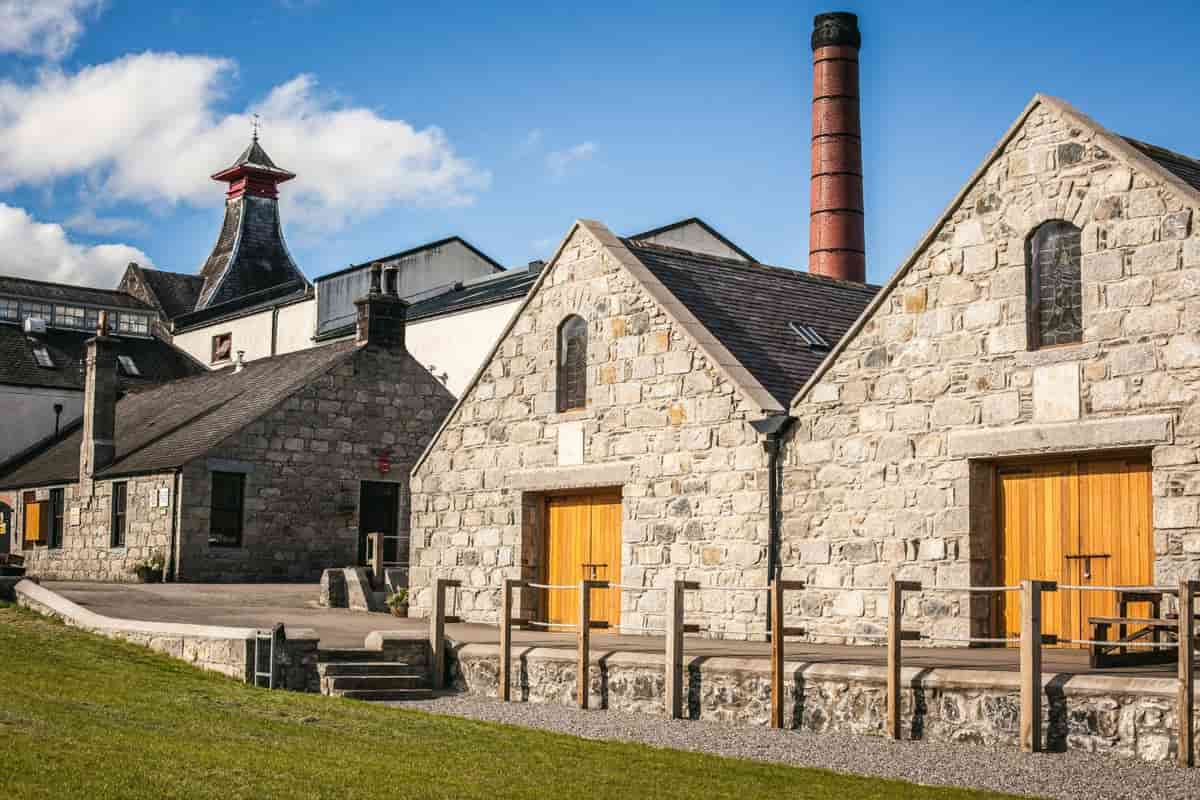
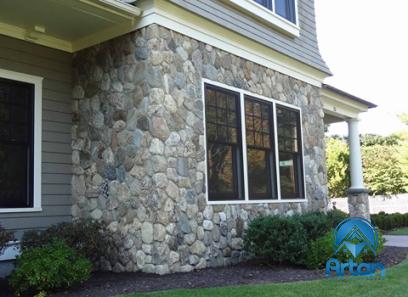
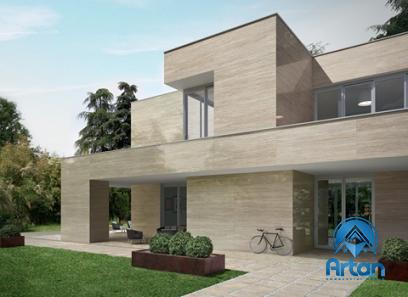


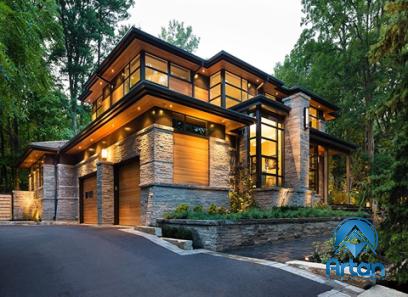

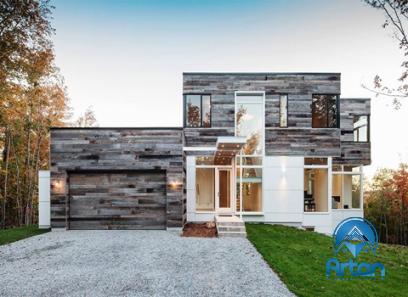
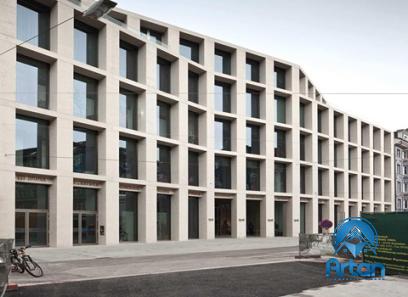
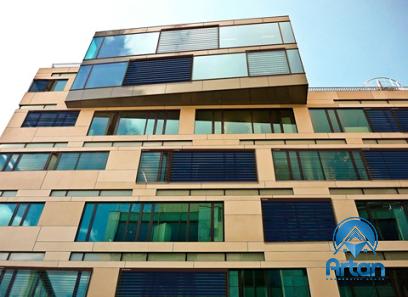
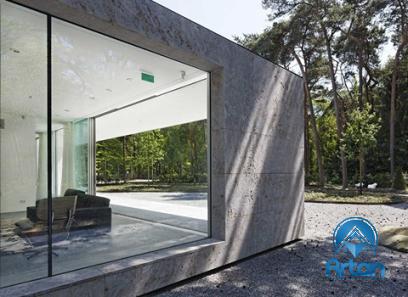
Your comment submitted.